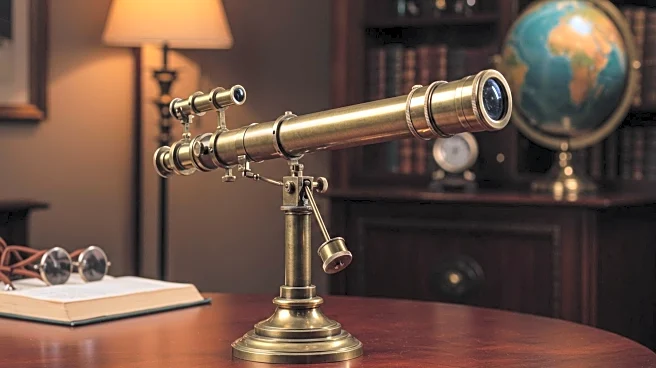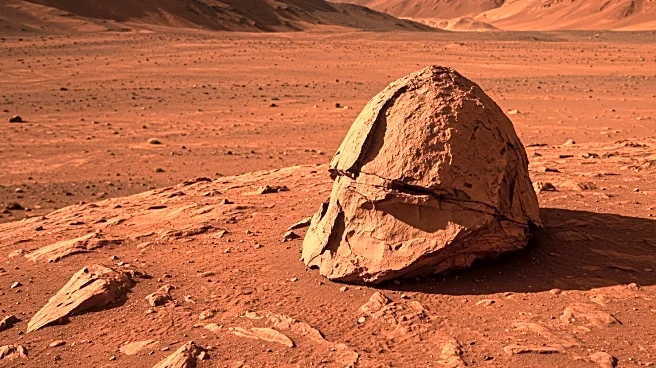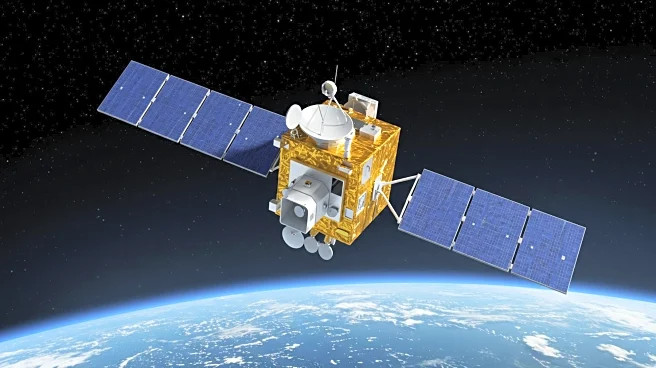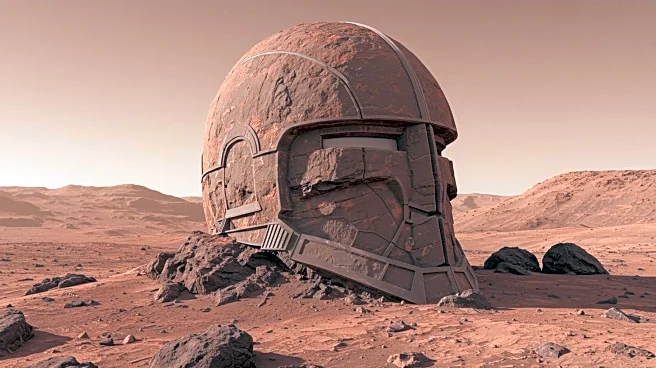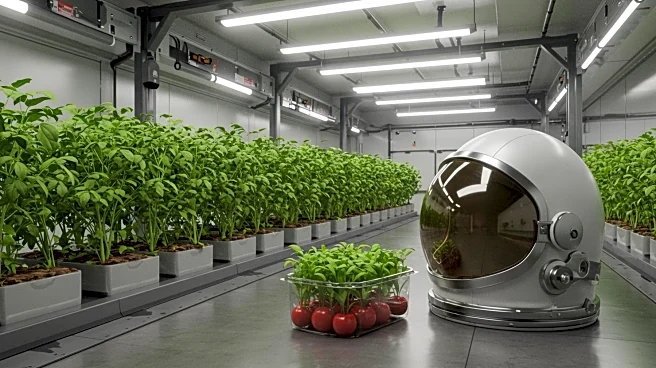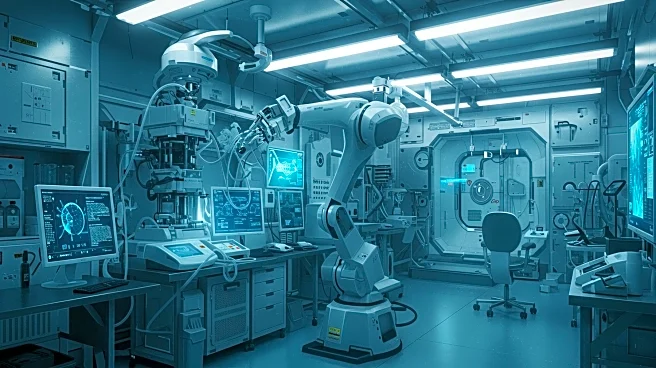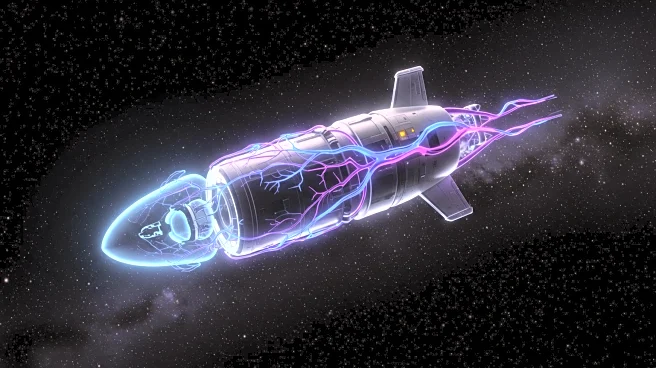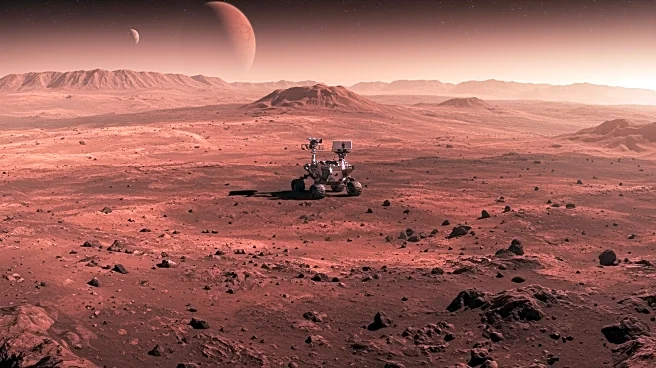What's Happening?
Researchers from Harvard University and other scientific centers have developed a device inspired by 19th-century technology to study the mesosphere, a largely unexplored layer of Earth's atmosphere. The device, a tiny disc made of ceramic aluminum oxide with added chromium, levitates using sunlight through the photophoretic effect. This effect, first observed by physicist William Crookes in 1873, involves movement under the influence of light. The modern application of this technology allows the disc to levitate in the mesosphere, which is located at an altitude of 60-85 km, too low for satellites and too high for weather balloons. The researchers have successfully tested the device in a low-pressure chamber simulating mesosphere conditions and are working on equipping it with sensors to measure atmospheric parameters. This technology could also be used to explore the thin atmosphere of Mars.
Why It's Important?
The development of this device represents a significant advancement in atmospheric science, offering new opportunities for meteorology, telecommunications, and space exploration. By enabling the study of the mesosphere, researchers can gain insights into weather patterns and atmospheric phenomena that were previously inaccessible. This could lead to improved weather forecasting and a better understanding of climate dynamics. Additionally, the potential application of this technology on Mars opens up possibilities for future space missions and exploration, contributing to our understanding of extraterrestrial environments. The use of Victorian-era technology in modern scientific research highlights the innovative ways in which historical concepts can be adapted to address contemporary challenges.
What's Next?
Researchers plan to create swarms of these devices to collect comprehensive data on weather and space phenomena. The next steps involve equipping the discs with sensors to measure temperature, pressure, and other atmospheric parameters. This will enhance the ability to gather detailed information from the mesosphere, potentially leading to breakthroughs in atmospheric science. The technology's application on Mars could also pave the way for new exploration missions, providing valuable data on the planet's atmosphere and surface conditions. As the research progresses, collaborations with other scientific institutions and space agencies may be established to further develop and deploy this technology.
